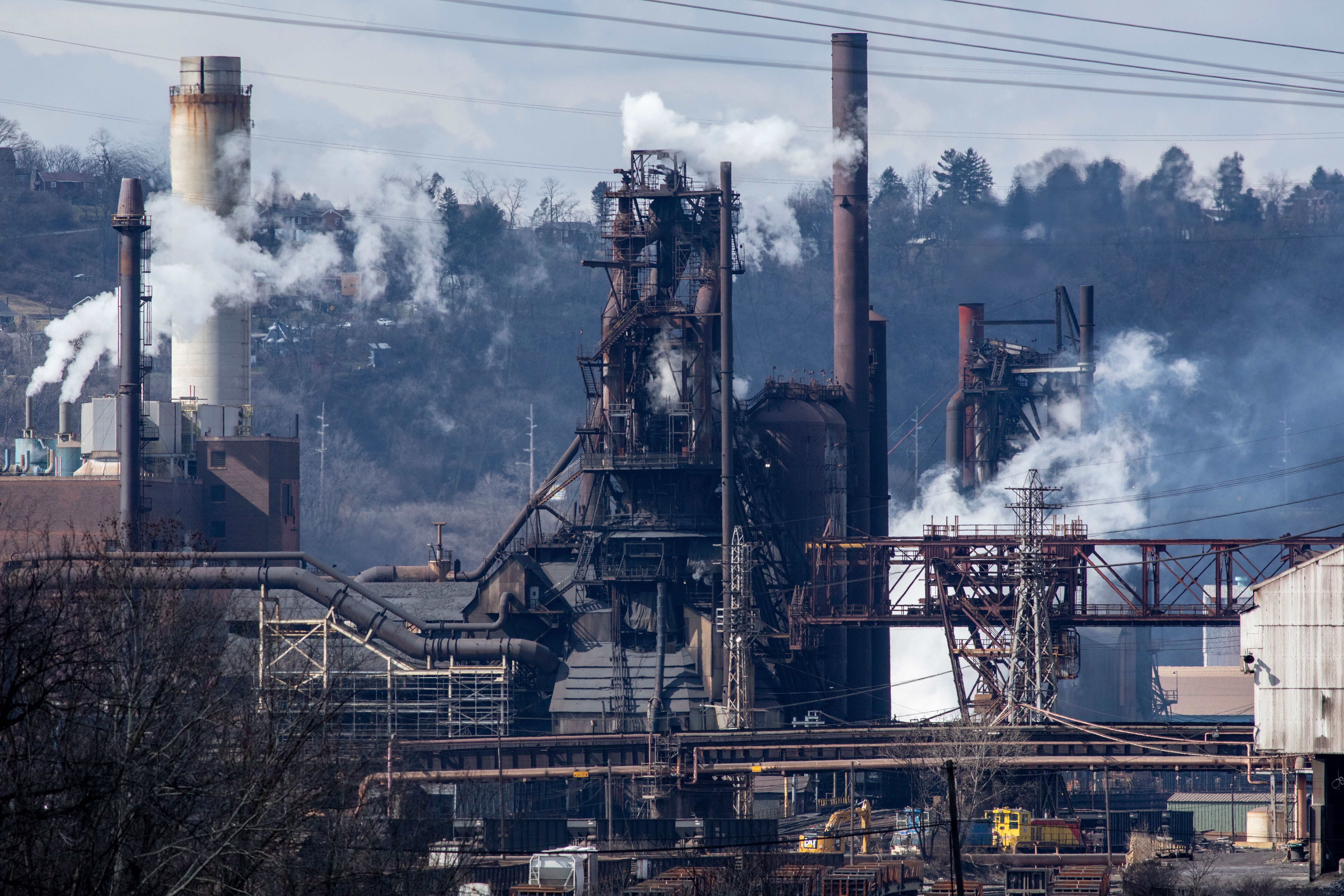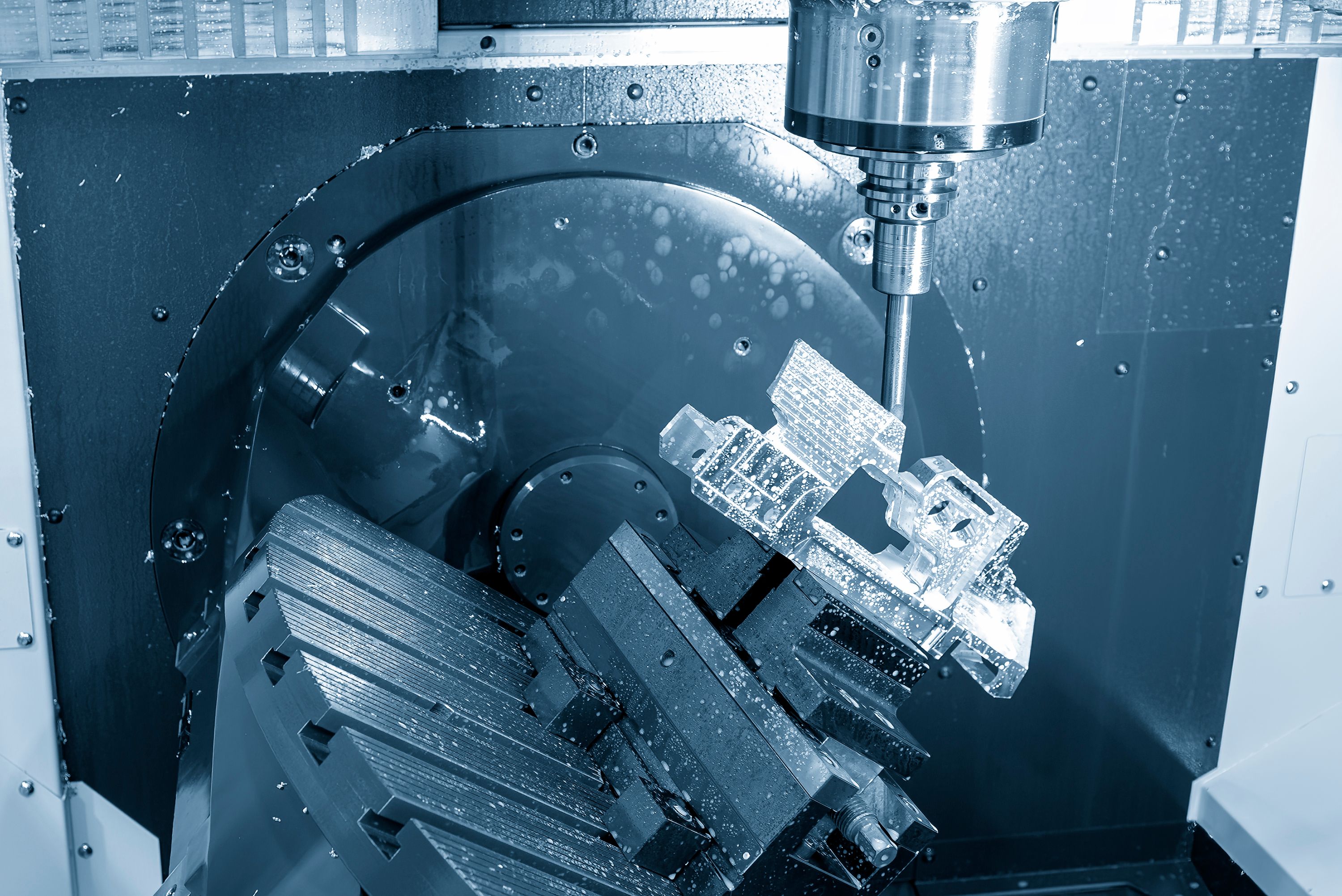Exploring the Versatility of Kollschtahl
RR
Introduction to Kollschtahl
Kollschtahl is a material renowned for its remarkable properties and versatility. As industries continue to evolve, the demand for materials that combine strength, durability, and adaptability has never been higher. Kollschtahl meets these demands, making it a preferred choice across various sectors.
This unique material is not just another type of steel. Its distinctive composition allows it to excel in applications that require high performance and reliability. But what makes Kollschtahl so versatile? Let’s delve into its properties and applications to understand its growing popularity.

Exceptional Properties of Kollschtahl
Kollschtahl is celebrated for its exceptional strength-to-weight ratio. This makes it an ideal choice for applications where weight reduction is crucial without compromising strength. Its resistance to corrosion and wear is another standout feature, ensuring longevity in demanding environments.
Moreover, Kollschtahl boasts impressive thermal and electrical conductivity, making it suitable for a range of industrial applications. These properties are the result of innovative manufacturing processes and precise chemical compositions that enhance its performance.

Applications in Automotive Industry
One of the major industries benefiting from Kollschtahl is the automotive sector. Its lightweight yet robust nature makes it perfect for manufacturing components that contribute to overall vehicle efficiency. From frames to engine parts, Kollschtahl’s ability to withstand high stress and temperatures is invaluable.
Automakers are increasingly turning to this material to meet environmental standards by reducing vehicle weight and improving fuel efficiency. This not only enhances performance but also contributes to sustainability efforts.
Role in Aerospace Engineering
The aerospace industry demands materials that can endure extreme conditions. Kollschtahl’s high melt point and corrosion resistance make it a top choice for aircraft components. Its application in manufacturing turbine blades, structural components, and engine parts is a testament to its reliability.

Additionally, its ability to withstand fluctuating temperatures and pressures ensures safety and durability, essential factors in aerospace engineering. As technology advances, Kollschtahl continues to play a pivotal role in the development of next-generation aircraft.
Impact on Renewable Energy
Renewable energy technologies also benefit from Kollschtahl. Its durability and resistance to harsh environmental conditions make it suitable for wind turbine components and solar panel structures. These applications require materials that can maintain integrity over long periods, even under stress.
The use of Kollschtahl in renewable energy projects supports the transition to greener technologies, showcasing its versatility and importance in sustainable development.

Future Prospects
The future of Kollschtahl looks promising as research and development continue to unlock new potentials. Innovations in alloy compositions and processing techniques are likely to enhance its properties further, opening doors to more applications.
With its proven track record and adaptability, Kollschtahl is set to remain a cornerstone material in industries striving for efficiency, sustainability, and performance excellence.